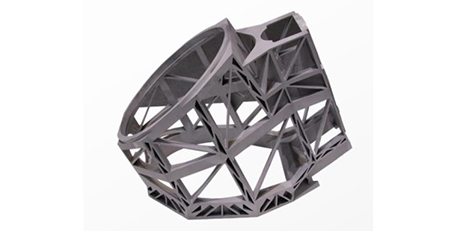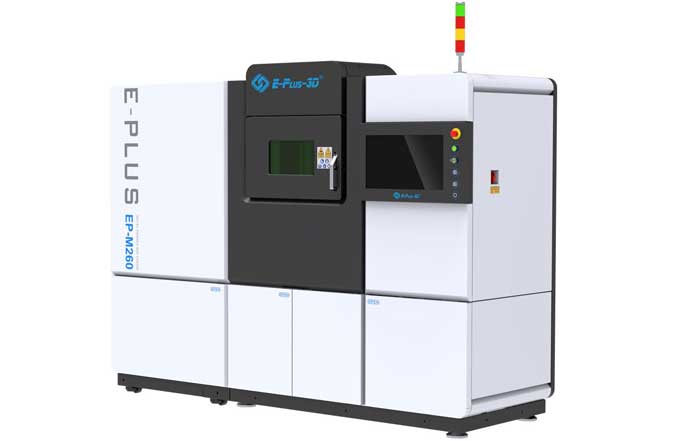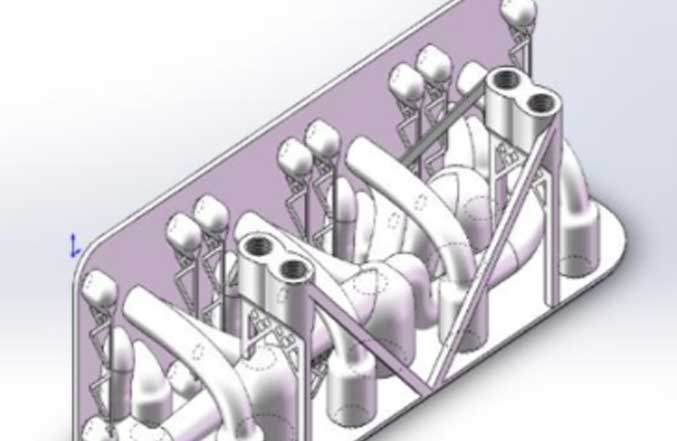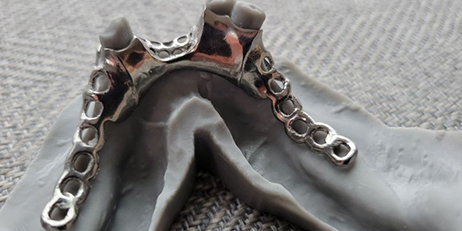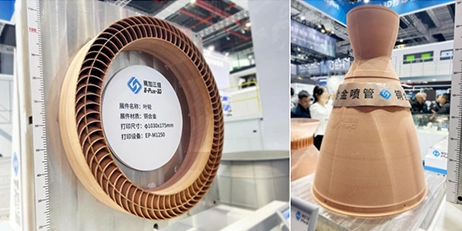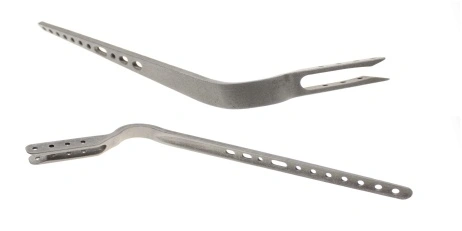Modern aerospace components need to meet a series of demanding requirements such as lightweight, high performance, high reliability, and low cost, and the structure of components is more complex and difficult to design and manufacture. Innovating and developing key materials for additive manufacturing of aluminum alloy, titanium alloy, nickel-based alloy and stainless steel in aerospace, not only reflects the development direction of lightweight and high performance in material selection but also highlights the precision and net shape of additive manufacturing technology itself.
Aluminum alloy
Aluminum alloy has been an indispensable material since the beginning of the additive manufacturing in aerospace. Due to its low cost, lightweight and easy manufacturing, aluminum alloy is the most widely used material in the aerospace industry.
From the perspective of the additive manufacturing process, the density of aluminum alloy is relatively small, the powder fluidity is relatively poor, and the uniformity of laying on the SLM forming powder bed is poor. Therefore, it requires high precision and accuracy of the powder feeding system in the additive manufacturing system.

Size: 470x400x499mm³ Perfectly printed frame by EP-M650
Titanium alloy
Titanium alloys are widely used in aerospace applications for their high strength, excellent corrosion resistance and high-temperature stability.
Ti6Al4V is currently the most widely used titanium alloy material. It is not only light in weight, but also has high strength and high-temperature resistance. These characteristics make it very popular in the aerospace field.

Tail spray printed by EP-M450
Nickel-based alloy
Nickel-based alloy has become the key material for manufacturing high-pressure turbine disks and blades of turbine engines. Nickel-based alloys are also used in many high or low-temperature applications, such as valves, turbines, and ejectors. Their excellent mechanical properties in extremely high temperatures, pressures and corrosive environments have greatly improved the efficiency of modern aircraft engines.

Size:620x150mm³ Turbine printed by EP-M650
Stainless steel
Stainless steel is used in the manufacture of a wide range of aircraft and aerospace components due to its excellent durability, hardness and excellent mechanical properties at high temperatures. Stainless steel also shows the advantages of high corrosion resistance, oxidation resistance and wear resistance, depending on the environment it is used.

Blade printed by EP-M260
Additive manufacturing provides a significant opportunity to introduce new and customized alloys that reduce porosity, residual stress generation and crack incidence. In addition to single-component alloys, additive manufacturing also offers the opportunity to create customized solutions for bimetallic and polymetallic materials, adding materials locally to the design to optimize thermal or structural loads.
